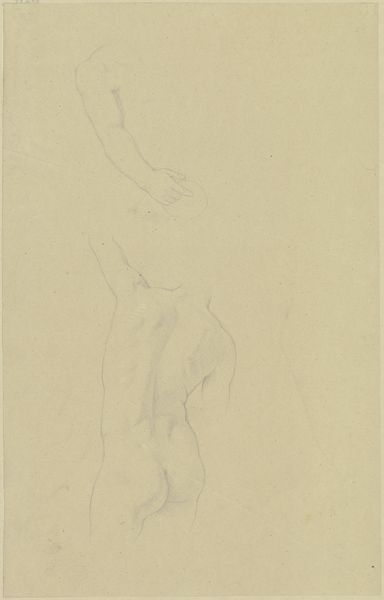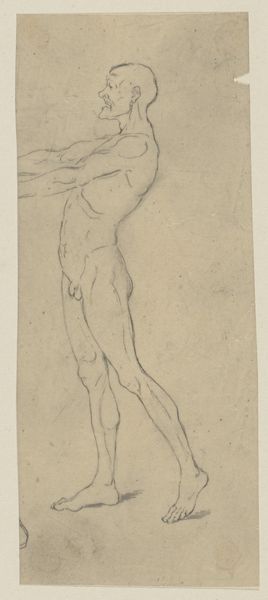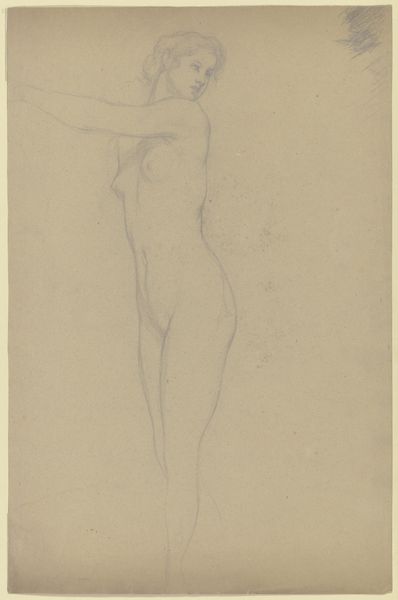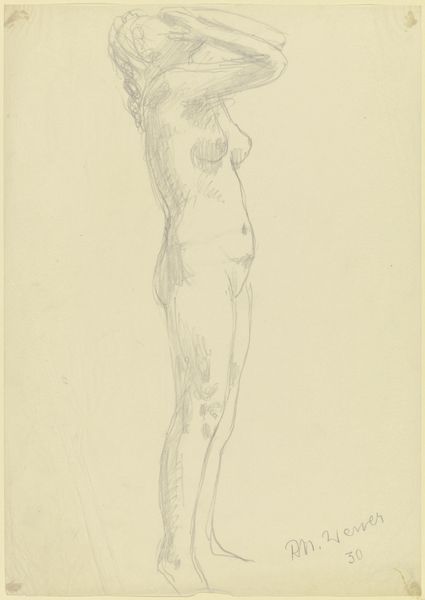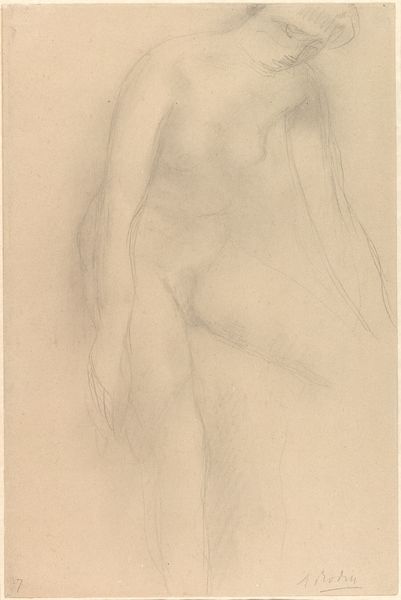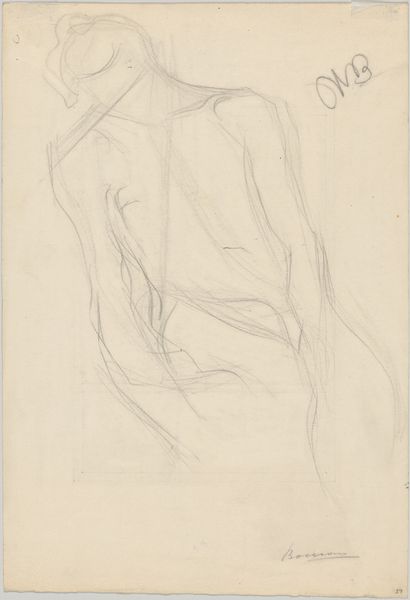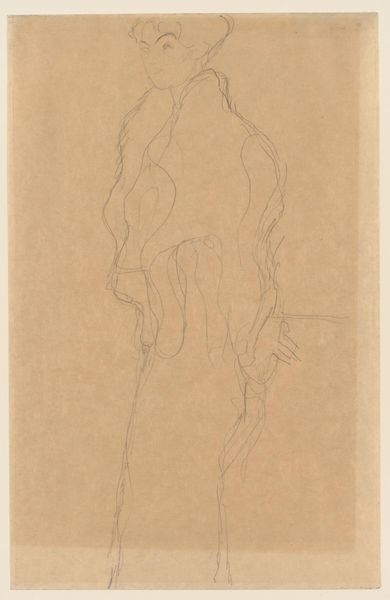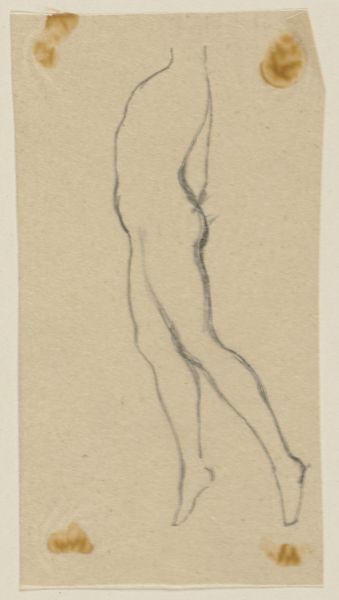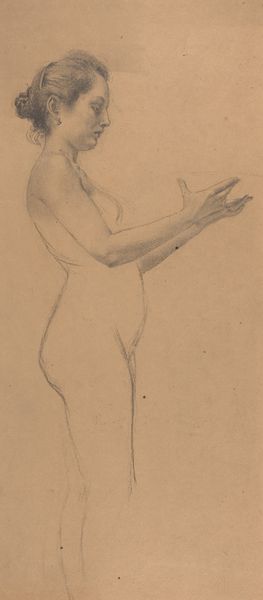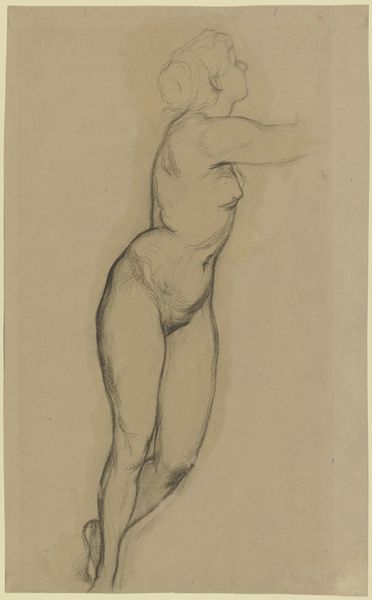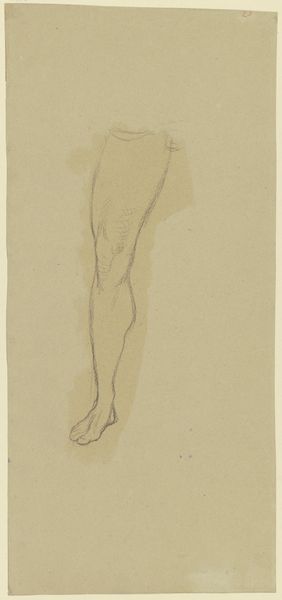
Personifikation des Neckars im Rheinbild als männlicher Rückenakt c. 1848
0:00
0:00
drawing, paper, dry-media, pencil
#
drawing
#
16_19th-century
#
austrian
#
pencil sketch
#
figuration
#
paper
#
dry-media
#
romanticism
#
pencil
#
nude
Copyright: Public Domain
Moritz von Schwind drew this study of a male nude in preparation for a larger, now lost, allegorical image. We can tell that this is more than just a study of human anatomy from the title, which describes it as the personification of the Neckar River. In the 19th century, rivers were potent symbols of national identity, progress, and the sublime power of nature. Here, the artist presents a classical nude in a Romantic style, which was typical of the time in Germany. Artists in the German-speaking lands would often turn to depictions of nature and history in attempts to define a unified German identity. The public role of art here was, therefore, to celebrate nature and, in the process, to celebrate the nation. Understanding the cultural and political context of German Romanticism can help us appreciate Schwind’s drawing. To gain a deeper understanding, we can also examine exhibition records, letters, and journals from the time. The meaning of art is always enriched by this kind of research into its social and institutional history.
Comments
No comments
Be the first to comment and join the conversation on the ultimate creative platform.
